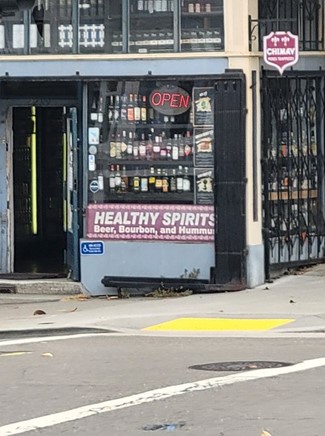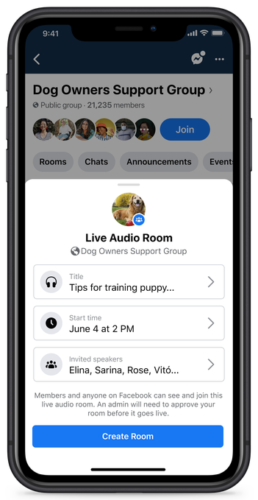
While millions of people around the world were temporarily or permanently losing their jobs and countless businesses had to close for good last year, my wife’s company was experiencing the largest growth curve in its history.
She works in e-commerce.
In the first quarter of 2020, Americans spent $154 billion on e-commerce, and this was a steadily growing figure. According to Statista, consumers spent $34 billion on goods online in Q1 in 2009. The number was growing consistently, almost like clockwork, by about $5 billion per quarter. That was, until the second quarter of 2020, when the figure jumped from $154 billion to $203 billion, a 31.8 percent increase. While the totals slightly receded as the pandemic continued, the first quarter of 2021 saw consumers spend a record $215 billion–a 40% increase year-over-year.

One thing her company has not done since the pandemic began is re-opened the office.
“Behavioral change” is one of the underlying themes of the COVID-19 experience, and perhaps the understatement of the century.
We’ve tracked media usage patterns in our Plan Developer perceptual studies for some time, and that information alone is enough to make anyone in the entertainment industry dizzy. We are living in a golden age of entertainment. The audio and video streaming content options go on for what feels like forever. You can now consume entertainment on more devices than ever before. There is power in learning how consumer behavior is changing based on those evolving options.
What few saw coming was how profoundly the pandemic would alter behavior.
There are 60,000 employees of Salesforce, the cloud-based software company based in San Francisco. In an interview last week, CEO Marc Benioff said he expects 50 to 60 percent of his employees to work from home permanently moving forward, up from about 20 percent pre-COVID. “The past is gone,” Benioff said. “We’ve created a whole new world, a new digital future, and you can see it playing out today.”
In Raleigh, North Carolina, where Coleman Insights is based, traffic seems to have returned to much more typical levels. And yet, there are buildings that sit empty all over Research Triangle Park, the area’s technology hub and “Silicon Valley of the East.” A similar pattern may be playing out where you are.
Some things will return to the way they were pre-pandemic times. On June 20th, Foo Fighters will play the first 100% capacity concert at Madison Square Garden since March of 2020. But it is clear many other things are here to stay.
Your audio brand will be impacted, one way or another. It almost certainly already has.
That listener who used to get to the office by 8 and needed to drop off his daughter at daycare by 7:30? He listened to your radio station in the car every day from about 7:10 to the time he arrived at work at 7:45. His job was eliminated, and now he works from home. He wakes up at the time he used to leave for work.
That listener who used to work at a restaurant no longer does, because the restaurant didn’t make it through the pandemic. Now she delivers groceries for Instacart on her schedule, so her time in the car has completely changed. Oh, and she discovered podcasting a few months ago and is obsessed with Crime Junkie. So she starts and stops it every time she does a “shop.”
There’s that listener that forgot about your brand. Because she isn’t in the car as much, she just doesn’t think about radio stations. She doesn’t remember seeing any advertising for…well, any radio stations. But ask her for a TV recommendation, and she’ll gladly bullet point her favorites from the past year: “Ted Lasso,” “The Queen’s Gambit,” and “Schitt’s Creek.”
Two things come to mind regarding this behavioral change whirlwind we’re living in.
First, brands that understand how consumer behavior has impacted their brand and their competitors, more than ever, will thrive. And sure, we could always make the argument that brands who utilize consumer research and market themselves will have a competitive advantage. That’s always been true and always will be.
But it feels different this time. The behavioral changes we are experiencing as a society are seismic. You don’t have to just worry about how the competition will affect your brand, you need to worry about how life will affect it.
Which brings me to the second point, habitual behavior. If you’ve gone into a store without a mask for the first time in 15 months, it likely felt pretty strange. That’s because, while it felt odd and uncomfortable at first, it became a habit. At first you didn’t have a mask in your car and you kept forgetting it. Then you always had one in the car. Putting on a mask to go into a store became a subconscious behavior.
And that habitual subconscious behavior is what ultimately determines the success or failure of your brand. If, for example, I choose Spotify over Pandora, I don’t think very hard about it. I have drilled in perceptions, and I just choose it. Why am I more likely to click Netflix instead of Amazon Prime Video? It’s not because I dislike Amazon or Pandora, it’s that Spotify and Netflix have become a habit.
Building habitual behavior must be a central focal point of your strategic plan because you cannot stop the behavioral changes of your consumer. But the brands that have successfully made listening to their product a subconscious habit will be far more equipped to sustain the forceful winds of change.




